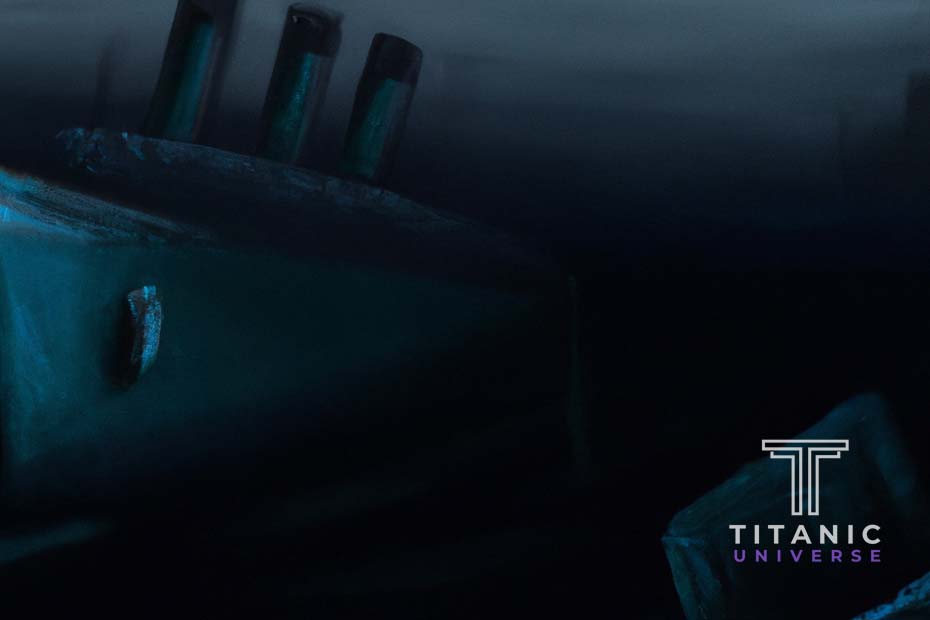The iconic RMS Titanic departed on its maiden voyage from Southampton to New York on April 10, 1912. Less than five days later, the luxurious ship was at the bottom of the Atlantic Ocean. On the night of April 15, 1912, the ‘unsinkable’ Titanic struck an iceberg and sank beneath the waves, shocking the whole world. After drifting for almost three hours, she finally reached the ocean floor, coming to rest some 13,000 feet below the surface. She disappeared without trace and, despite dozens of searches over many decades, lay undiscovered in her deep watery grave for more than seventy years.
Very shortly after she sank, efforts to find and salvage the Titanic began, but technical limitations as well as the sheer vastness and depth of the North Atlantic search area made it extremely difficult. That part of the Atlantic is a hostile place which is rough, cold and windy for most of the year. Most importantly, the profound depth of the wreck meant several teams were unsuccessful in their search for the famous ship and it remained unseen and untouched, slumbering in its deep sea bed. At this depth there is very little light, and equipment such as sonar systems and underwater photography equipment capable of imaging in these conditions didn’t exist until more than sixty years later.
The long-lost wreck was finally found in 1985, when oceanographer Dr Robert Ballard and a team of scientists were granted permission to carry out a search. They used an experimental unmanned robotic submarine called the Argo, which travelled just above the ocean floor. Even then, it took the determined team more than two weeks of scouring the freezing, murky waters 13,000 feet below, before the mighty rusting wreck was finally located.
Just how far down is the Titanic? The ship lies in two pieces at the bottom of the Atlantic Ocean at a depth of about 2.4 miles. Part of the bow actually sits 60 feet below the surface of the seabed, with only 40 feet sitting above it. That far down, humans can’t survive, even with breathing apparatus. The deeper you go under the sea, the greater the pressure of water pushing down on you. At 2.4 miles below the surface, the water pressure is approximately 400 times the normal air pressure we experience. The only way to venture that deep is in a submersible vessel.
Just how deep is 2.4 miles? Well, it’s about 4200 yards, which is the same as the length of 35 football pitches, end to end. If you could walk down to it, it would take you almost an hour to reach it! You’d need to swim down the equivalent of 169 lengths of a 25 yard pool before you finally got to it. That’s the same distance as the Ironman swim and it takes them eighty minutes. You’d need nine Empire State buildings or 41 Statues of Liberty piled one on top of the other before you’d see them emerge from the water.
Will we ever be able to bring the Titanic back to the surface? Whilst we now have the technology to reach it, we still do not have the technology to lift such a huge and heavy vessel from the ocean floor. Also, the wreck is now far too fragile to be raised. The hostile sea environment has caused devastation to the once majestic ocean liner. For over a hundred years it has been battered by deep-sea currents and is slowly succumbing to metal-eating bacteria. It will continue to decompose until it disappears completely, reclaimed in its entirety by the sea. Scientists estimate this could happen within the next twenty to thirty years. Gone but never forgotten.


